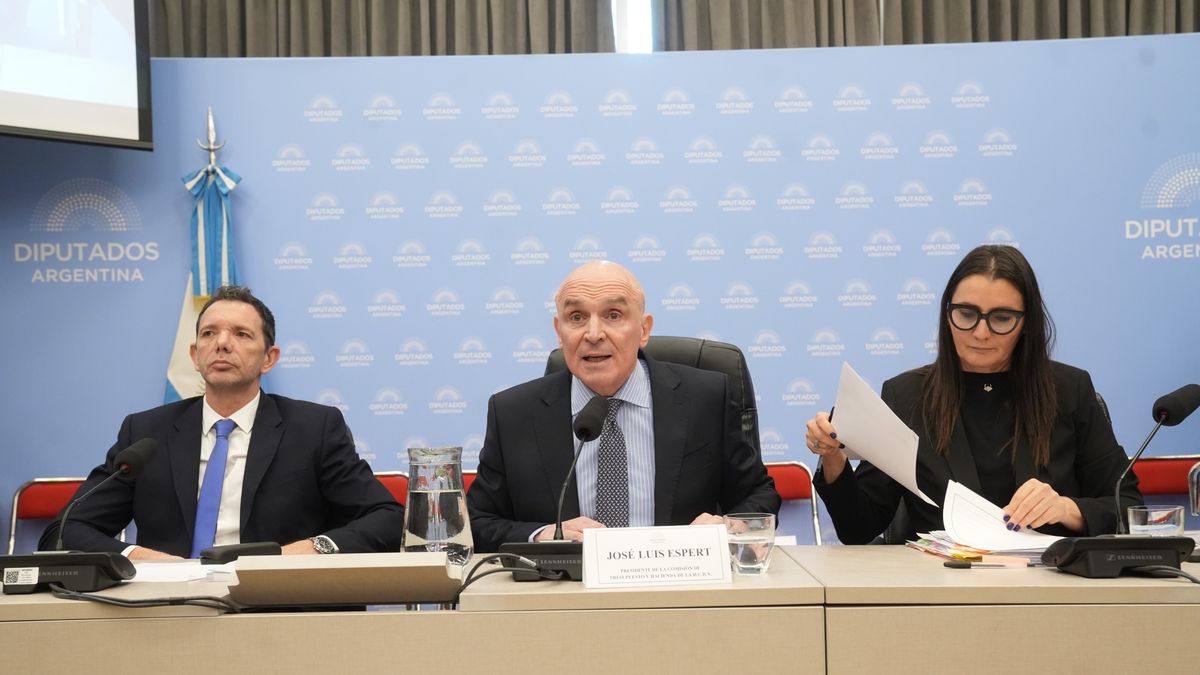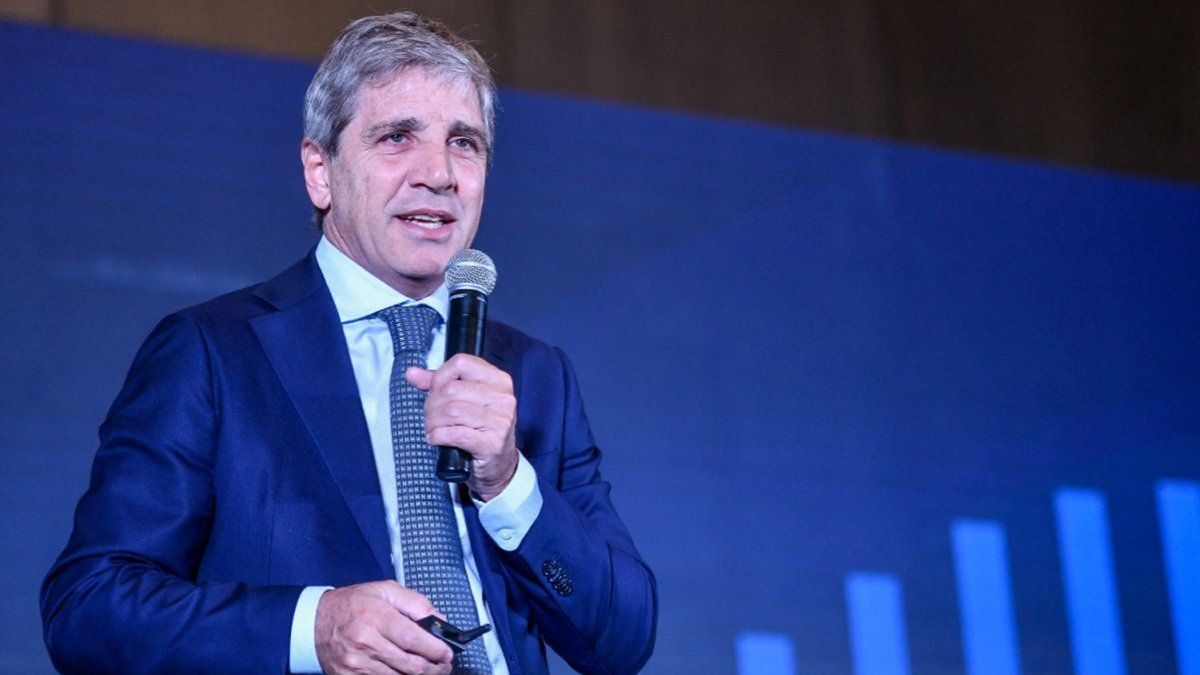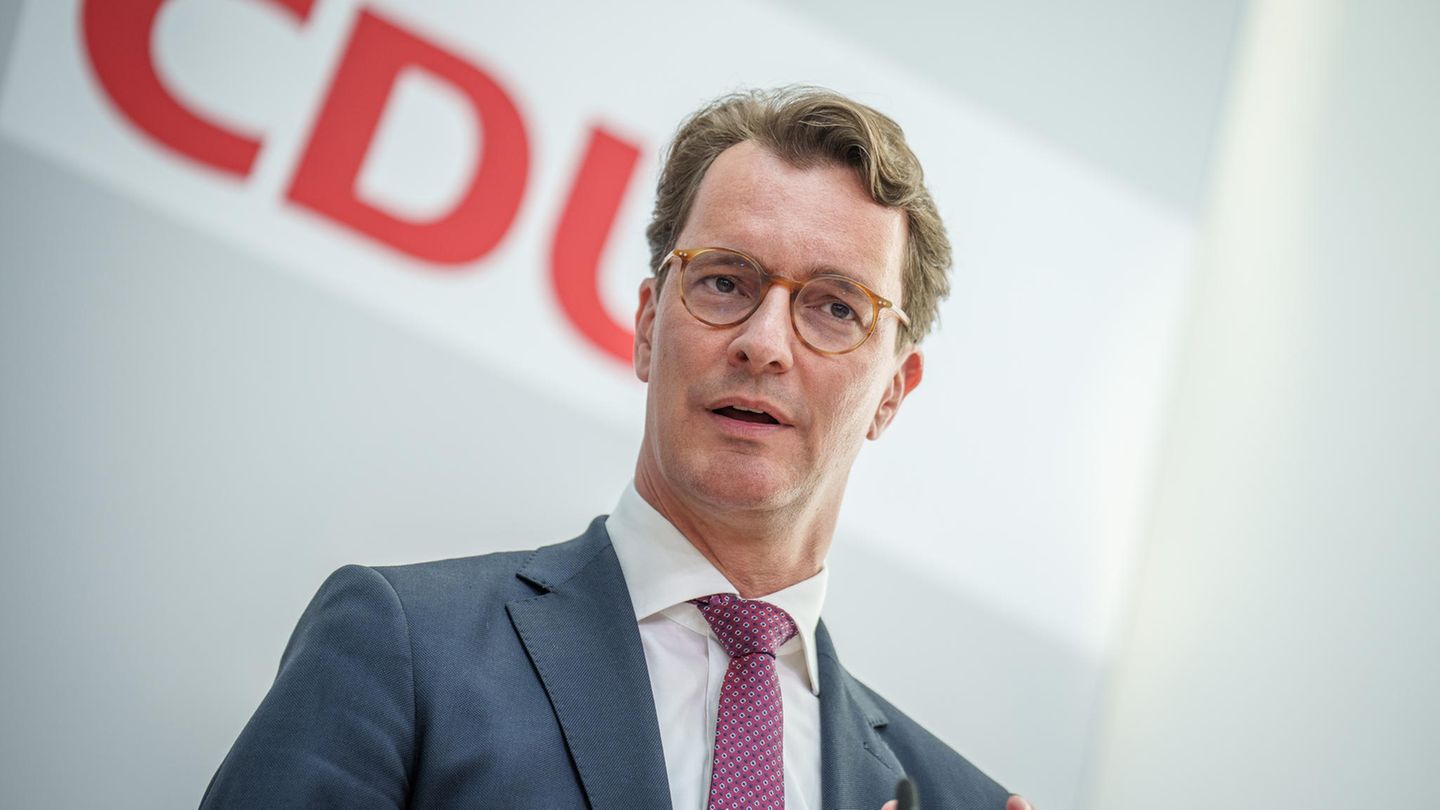David William is a talented author who has made a name for himself in the world of writing. He is a professional author who writes on a wide range of topics, from general interest to opinion news. David is currently working as a writer at 24 hours worlds where he brings his unique perspective and in-depth research to his articles, making them both informative and engaging.
Menu
These are the top candidates of the elections in North Rhine-Westphalia
Categories
Most Read
Judge stops Trump’s National Guard Use in Portland
October 6, 2025
No Comments
The USA and the war inside. The situation in the morning
October 6, 2025
No Comments
Diplomacy in Egypt: Gaza War: Negotiations between Israel and Hamas begin
October 6, 2025
No Comments
Environment: Greenpeace: Shadow fleet oil tanker Danger for the Baltic Sea
October 6, 2025
No Comments
Donald Trump puts UFC fight on his birthday at the White House
October 6, 2025
No Comments
Latest Posts

The problem of the “short blanket”
October 6, 2025
No Comments
David WilliamDavid William is a talented author who has made a name for himself in the world of writing. He is a professional author who

Marcelo Gallardo exploded against arbitration and sent a strong message: “You have to adapt, shut up, the one who speaks is sanctioned”
October 6, 2025
No Comments
October 6, 2025 – 10:44 The River coach showed all his discomfort at the Post Defeat Press Conference against the Central Rosary of Ángel Di

expectation for the meeting between Luis Caputo and Scott Besent
October 6, 2025
No Comments
October 6, 2025 – 10:13 The minister traveled accompanied by the Secretary of the Treasury, Scott Besent, the president of the Central Bank, Santiago Bausili,
24 Hours Worlds is a comprehensive source of instant world current affairs, offering up-to-the-minute coverage of breaking news and events from around the globe. With a team of experienced journalists and experts on hand 24/7.

